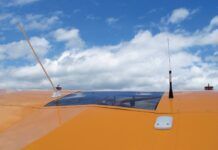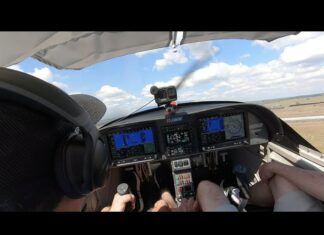Satellite trackers are becoming as ubiquitous as Champion spark plugs, and there are a variety of PLBs (personal locating beacons) and PLDs (personal locating devices). We scanned the market for a report in the April 2022 Aviation Consumer.
These devices are an easy sell if you fly in remote areas and outside of cellular coverage, but subscription and data fees aren’t trivial. Like the proven Spidertracks, the Iridium-based TracPlus platform ingests satellite and cellular signals from portable or installed satellite trackers. However, unlike Spidertracks, TracPlus has collaborated with a third-party electronics manufacturer who builds TracPlus branded hardware. Here’s a look.
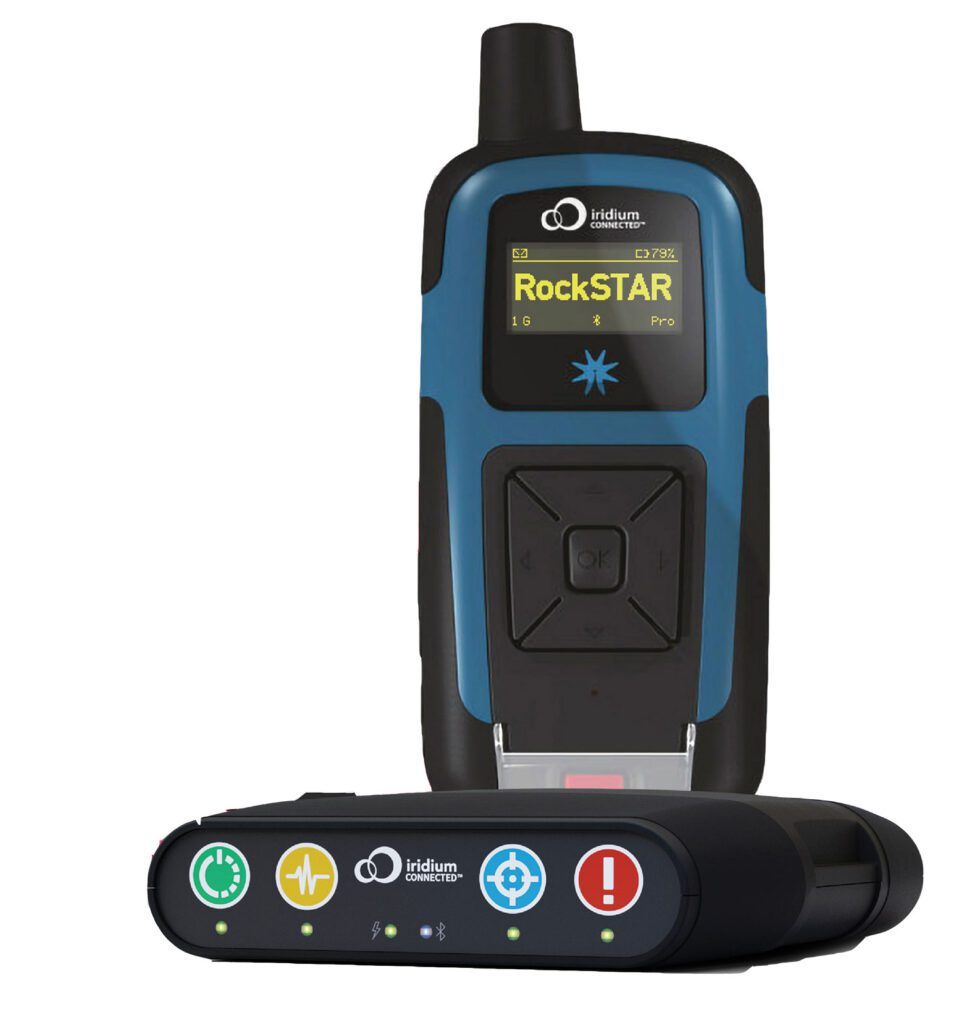
Farmed-out hardware
In case you’ve fallen behind on the tech, PLDs use either the Iridium or Globalstar Low Earth Orbit satellite networks to create a communication pathway between the handheld device (PLD) and the provider’s back-end platform. With the device’s lat/long transmitted every few seconds (depending upon the plan and settings on the device), a digital track composed of electronic breadcrumbs will graphically show the historic and real-time flight path of an aircraft or helicopter. Fundamental to their value proposition is an SOS distress button, which sends an SOS signal to the platform’s back-end servers where it is processed and escalated (ideally) to an Emergency Response Center.
TracPlus was born from a fatal fishing boat accident in New Zealand in 2003, and its business model is to focus its expertise on the software platform and allowing other subject matter experts to focus on what they’re good at—rather than on hardware design.
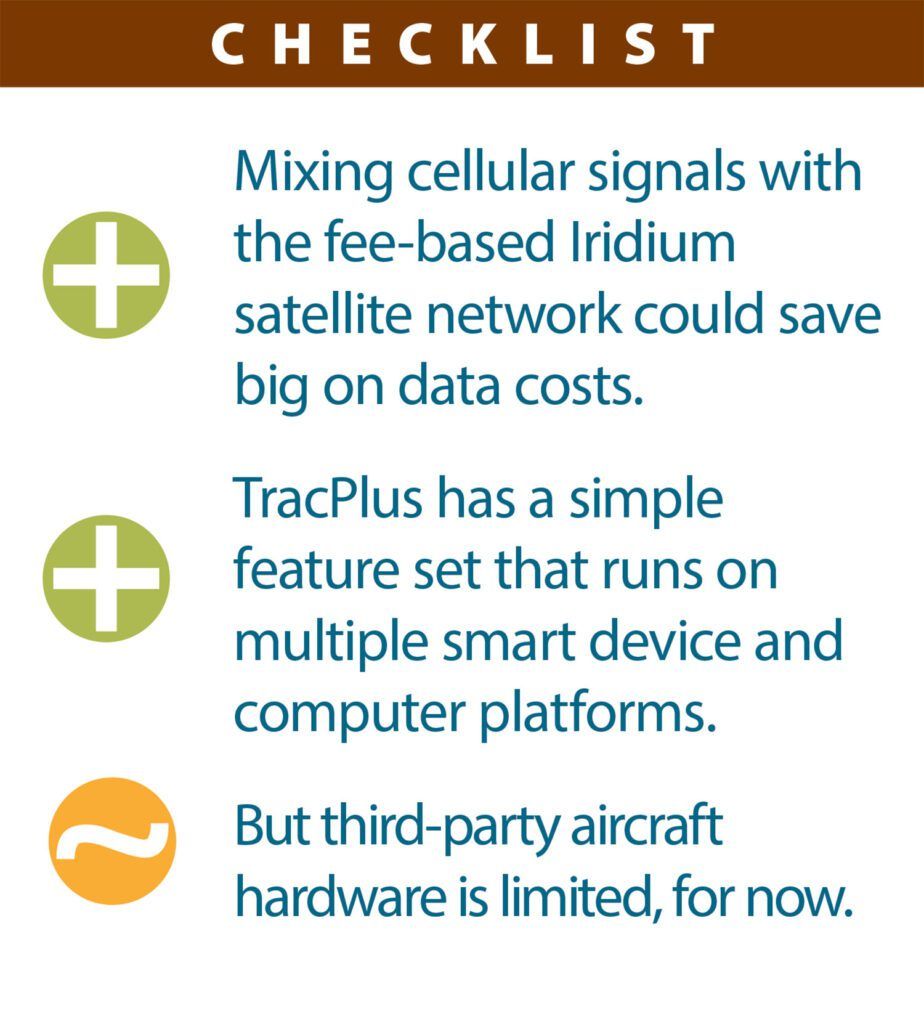 As such, the TracPlus software is hosted on Google cloud servers, the company does not have yet have an internalized Emergency Response Center and doesn’t manufacture hardware. As of late 2023, it’s a small company (with under 50 employees) with 700 corporate customers and 7500 assets on the TracPlus platform. The goal is to grow the customer base to 50,000 assets in the next two years. A typical commercial operator might have five aircraft or helicopters, five to 10 support vehicles, plus 15 to 30 people to monitor it all (generating 45 end points to track and monitor).
As such, the TracPlus software is hosted on Google cloud servers, the company does not have yet have an internalized Emergency Response Center and doesn’t manufacture hardware. As of late 2023, it’s a small company (with under 50 employees) with 700 corporate customers and 7500 assets on the TracPlus platform. The goal is to grow the customer base to 50,000 assets in the next two years. A typical commercial operator might have five aircraft or helicopters, five to 10 support vehicles, plus 15 to 30 people to monitor it all (generating 45 end points to track and monitor).
TracPlus also resells other hardware (and supports 59 devices), inclusive of satellite telephones and other devices. This includes the $1000 RockSTAR portable device and the $2000 RockAIR portable for aircraft mounting.
The 4G/Iridium-equipped RockAIR is intended for portable use since it has no STC or TSO approvals. The original RockAIR was released in 2006 and supported 3G cellular networks. As the mobility telecommunications companies turn down their 3G cellular networks in favor of 4G and 5G, TracPlus has been upgrading its customers’ legacy RockAIRs to the new model. This transition will allow them to manage a single unit (in terms of software development, firmware updates and new features). RockAIR will transmit an impact alert to the cloud if it detects a sudden impact.
The default setting for detection and sending the impact alert is 16G or more for 10 milliseconds or more. The threshold can be changed using the TP Connect app. The device has an internal battery to allow RockAIR to be used as a portable emergency device. The battery is a 3.7 volt 1850 mAh lithium-ion polymer and can be charged via USB. On a full charge, the device should transmit via satellite for up to eight hours at one-minute intervals.
The typical mounting position for the RockAIR is on the glareshield so it has good reception through the windscreen or canopy. While it will require additional approvals through the installer, the RockAIR can be connected to up to five external switch-type sensors to detect takeoff and landing via a helicopter collective switch or engine start/stop via an oil pressure switch. The value and effectiveness of tracking data is increased when the RockAIR is connected to external sensors, allowing automated and more accurate flight and engine time reporting. All five sensor inputs are electrically isolated digital or “switch type” inputs. There are no analog inputs on the RockAIR. Don’t plan on sticking it in the flight bag; the RockAIR won’t acquire a GPS fix or transmit and receive data there. A 5G unit is expected to be released in the near future.
Smart signal mixing
TracPlus’ approach to minimizing telecommunications costs (plans start at $50 per month, plus usage)is for the devices to favor a cellular connection. If the airplane or helicopter is in an area with no cellular coverage, the device transmits data over the fee-based Iridium satellite network. Once paired with a smart device, TracPlus’ app (called TP Connect) sends and receives text messages over the satellite network. When operating in an area with cellular connectivity, TP Connect is used for messaging, email, web surfing and voice/video calling. With the high cost and bandwidth limitations of satcomm data, the native apps will not have network connectivity.
Essentially, the TP Connect app creates a “walled garden” to control data utilization of the device (think about how much data would be used syncing iPhone photos and videos). With cellular plans as low as $20 (with 100 GBs of data) per month in New Zealand, it creates a cost-effective solution for fleet operators with all of their aircraft and helicopters monitored by TracPlus. TracPlus says that the Iridium satellite network has 99.96 percent uptime. With 8760 hours per year, 99.96 percent uptime translates into 5.84 hours of downtime per year. That translates into a stable and reliable platform.
TracPlus’ software is delivered through most popular web browsers (clientless), a standalone Windows application and an app for mobile devices. For computers back at home, there is no application to be installed, upgraded or maintained. The trend to clientless technology is not a new thing, with the concept being implemented over the past two decades. From an operator’s perspective, this minimizes the ongoing costs associated with maintaining both an application and the hardware that it runs on.
While TracPlus offers a mobile app, most functions are delivered from a web browser. From TracPlus’ perspective, this allows them to run a leaner, cost-cutting development operation and hopefully pass the savings to end users.
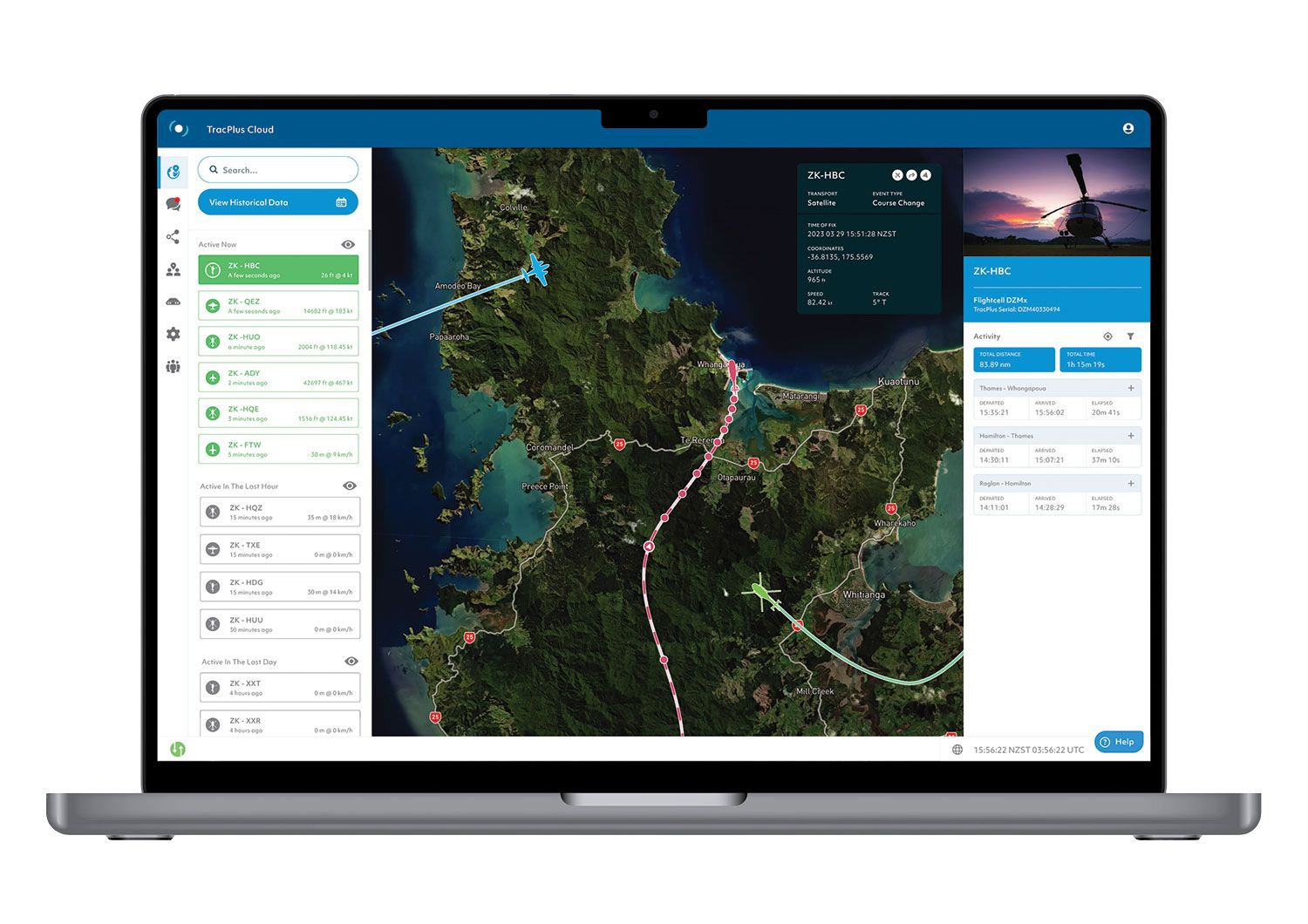
Pick your software
TracPlus software comes in five versions: TracPlus Professional for Windows, TracPlus Web,
TracPlus for iPhone, TracPlus for iPad and TracPlus for Android. TracPlus’ cloud-based solution has the following components: Active Monitoring Service (AMS), distress notifications and escalation, event alerting using text messages or emails, custom forms, mission reports, global messaging, status board, on-demand reporting and API support for integration into other applications.
The company’s satellite and cellular tracking delivers a data point every 15 seconds over cellular, and the interval is user-selectable when using satellites. TracPlus has a technology branded “FastTrack,” which delivers data and messaging with cellular speeds using burst technology.
First impressions
In June 2023, I was invited to an online demonstration of the TracPlus platform, where it was refreshing to hear a bunch of fresh-thinking New Zealanders working on a more affordable satcomm solution. Plus, I think the web browser-based application has quite a clean look, is intuitive and does not require copious amounts of end-user training in order for the operator and staff to become proficient.
TracPlus offers a training course, allowing the operator’s administrators to learn the TracPlus platform in an online classroom setting. This “Train the Trainer” and end-user training is critical in helping to reduce support calls. I mention this because some folks fail to calculate the cost of any additional IT infrastructure and administrative costs into the total cost of ownership of any technology solution.
When it comes down to it, I think a major benefit of TracPlus’ cloud deployment is the optimization of its customers’ fleet monitoring, messaging and SOS solution—a utility that’s gaining huge popularity across a wide segment of the flight ops market.
For more information, including personalized pricing, visit www.tracplus.com.

